
“Quantity has a quality all its own.” This old military maxim has never felt more relevant than in the story of the F-22 Raptor-a fighter jet that was supposed to redefine air superiority but which stumbled on the unforgiving arithmetic of fleet size. The unparalleled stealth, agility, and sensor fusion of the aircraft were to guarantee U.S. dominance in the skies for decades. Instead, production cuts and shifting strategic priorities have given the Air Force a force too small to meet the demands of a peer conflict.
In a world where China’s J-20 fleet grows by the hundreds and Russia fields its own stealth designs, the F-22’s odyssey from Cold War ambition to 21st-century scarcity is full of hard lessons. The following listicle looks to nine defining factors, from procurement decisions to readiness shortfalls, which explain how America’s premier fighter lost the “math war” and what that means for the future of U.S. airpower.
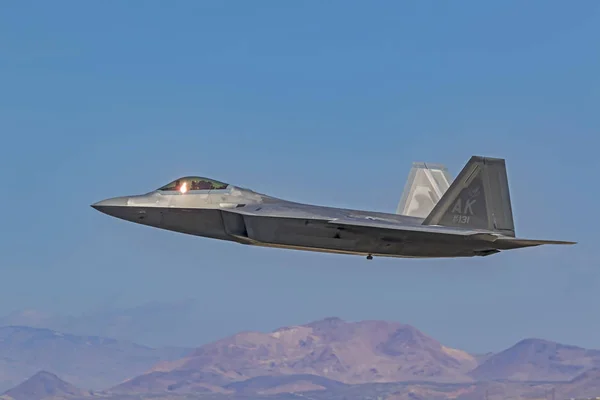
1. From 750 to 186: The Production Collapse
Born from the 1980s Advanced Tactical Fighter program, the F-22 had an ambitious goal: replacing the F-15 across multiple theaters with a fleet of 750 Raptors. That vision unraveled in the aftermath of the Soviet Union’s collapse, which eliminated the peer threat that justified such scale. Budget pressures and a post–Cold War focus on counterinsurgency further eroded support. By 2009, production was capped at just 186 operational jets, with the manufacturing line dismantled and tooling retired making restart costs prohibitively expensive. This decision saved billions in the short term but locked the Air Force into a fleet size far below what planners once deemed necessary for high-intensity warfare.
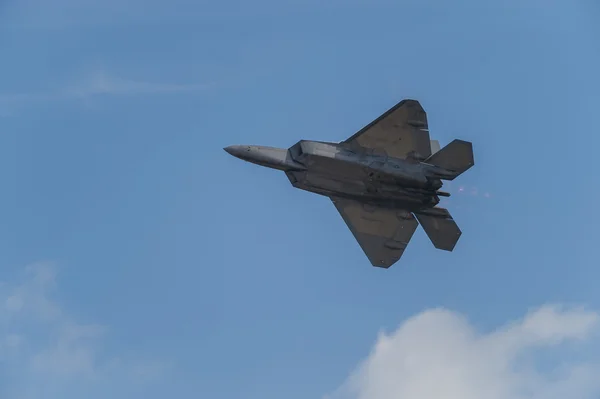
2. The Cost Spiral and Budget Priorities
Unit costs soared as production numbers fell: the total program topped $67 billion, and the per-aircraft costs rose above $125 million according to Congressional Budget Office estimates. Critics claimed funding priorities such as troop readiness and advanced munitions were more pressing. As one Pentagon analysis warned, buying large numbers of expensive fighters without increasing overall defense spending would force cuts to training, maintenance, and other essentials. The Air Force’s “divest to invest” strategy often became divest-only, leaving fewer aircraft without the promised modernization gains.

3. A Fleet Without Overhead
With only about 150 combat-coded Raptors-the rest are used in training and as spares-and a third of those typically down for maintenance at any one time, the Air Force can field fewer than 100 at any given moment. Attrition rates of 5% per day-common in modern wargames-could gut the fleet in a peer conflict in a matter of weeks. The lack of redundancy further limits the ability to rotate aircraft through combat, training, and maintenance without creating operational gaps. The Congressional ban on exporting F-22s compounded the problem by leaving the U.S. solely responsible for sustaining the fleet.
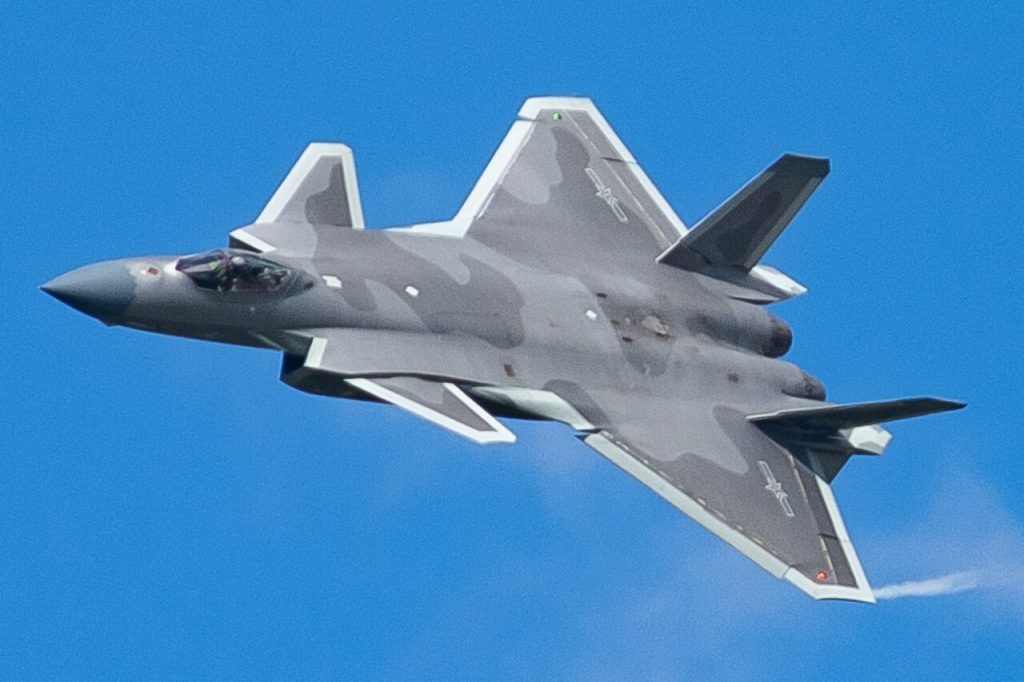
4. China’s Mass Advantage
The production of the J-20 increased in recent years for China’s People’s Liberation Army Air Force: an estimated 50 in 2022, 80 in 2023, 100 in 2024, and 120 in 2025. Current stocks are over 300, to which more advanced J-35s will also be added. This contrasts with the rate of U.S. fifth-generation production, with many of the approximately 170–190 annual F-35s being exported. As a result, the numerical disadvantage is growing in air-superiority platforms-especially in the Indo-Pacific, where geography favors China’s relative ability to sortie large numbers without refueling.

5. Loss of Readiness
The Air Force readiness rates now average 54 percent across all aircraft, meaning that barely half are available to fly at any given time. The fighter pilots now average fewer than 1.5 sorties per week, while the Cold War standard is three or more. Chinese pilots are flying about 200 hours annually compared with roughly 110 for their American counterparts, according to retired Col. John Venable. In addition to these reduced flight hours, this erosion in training hours undermines the combat edge the U.S. once had regarding pilot proficiency.
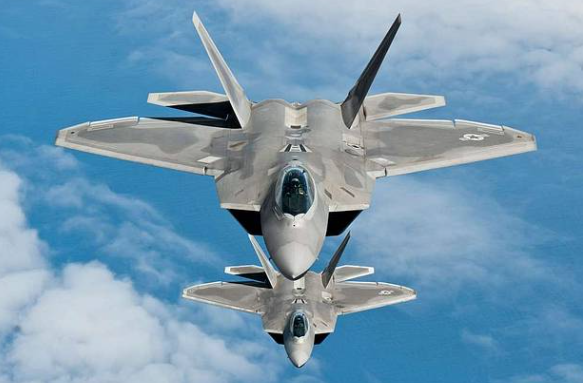
6. The Block 20 Dilemma
Of the 187 Raptors built, 32–35 are older Block 20 training variants, not combat-coded. The Air Force has sought numerous times to retire them in order to free resources for new platforms such as the F-47, but lawmakers have blocked divestment. Discussions with Lockheed Martin now explore upgrading those jets to combat status, potentially bringing available numbers up to 174–177. But upgrades would be expensive and likely leave them less capable than modernized Block 30/35 aircraft, raising questions about return on investment.
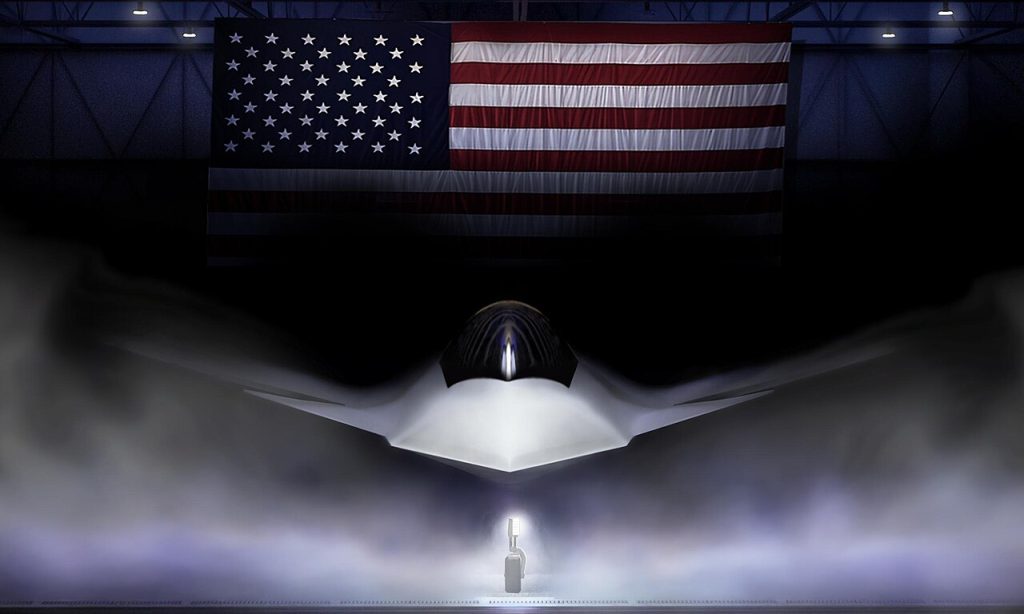
7. Lessons for NGAD and the F-47
The manned F-47 fighter of the Next Generation Air Dominance program is estimated to cost about $300 million per jet. Unless bought in large numbers, the U.S. risks repeating the F-22’s mistake: having the best technology with too few airframes to matter in a major war. Air Force Secretary Frank Kendall has emphasized that integrating Collaborative Combat Aircraft drones would multiply effectiveness, but even under a “system-of-systems” approach, it cannot wholly compensate for mass in a high-attrition fight.

8. Industrial Base Constraints
Whereas Cold War–era production could yield hundreds of fighters in a single year, today’s industrial base struggles to ramp up. Bottlenecks in the supply chain, workforce shortages, and competition for rare earth materials slow down timelines and inflate costs. Even with partnerships, such as Lockheed’s deal with Rheinmetall to increase F-35 fuselage production, scaling to meet urgent fleet expansion needs would take years. China’s defense industry, in contrast, has no comparable budgetary or political constraints.
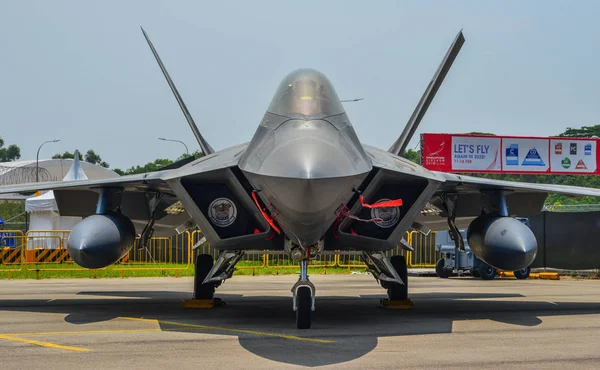
9. Strategic Consequences of Losing the Math War
The F-22 fleet makes any effort to match the adversary in number virtually impossible in critical theaters of operation. In the Indo-Pacific, sortie generation from bases like Guam would fall by more than half against China’s capacity, even with forward deployment. Attrition would quickly erode combat power, probably forcing reliance on allied contributions limited by munitions stockpiles themselves. As Gen. David Allvin warned, without restoring capacity, capability, and readiness, the U.S. risks strategic defeat that could destabilize the global order.
The F-22 Raptor has remained a technological marvel, but its story underlines the brutal truth that even the best fighter cannot win without the numbers. This “math war” was lost when production cuts, budget priorities, and readiness declines converged to shrink America’s air-superiority fleet. As the Air Force now looks to the F-47 and NGAD on the path back to dominance, the challenge will be making sure those next-generation systems arrive-not just as engineering marvels-but in the quantities needed to deter and, if necessary, prevail against peer adversaries.


